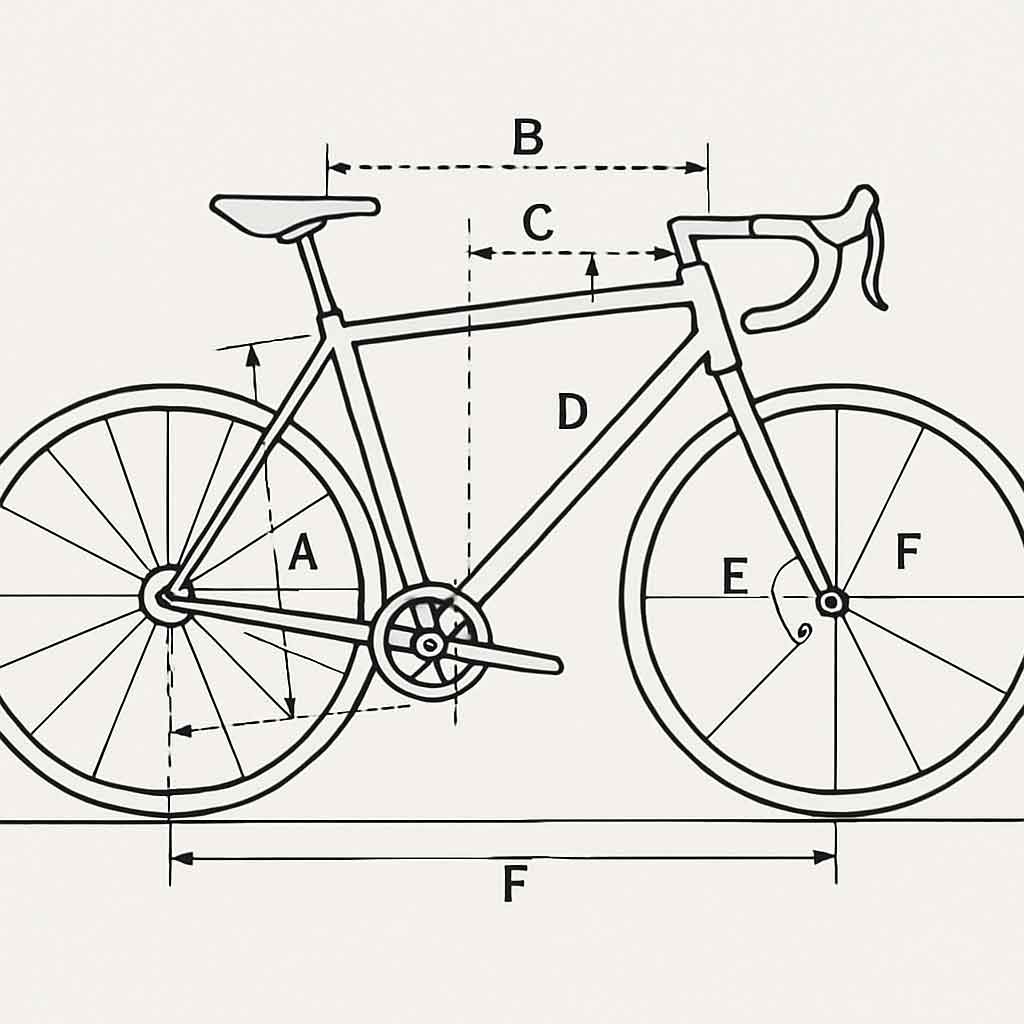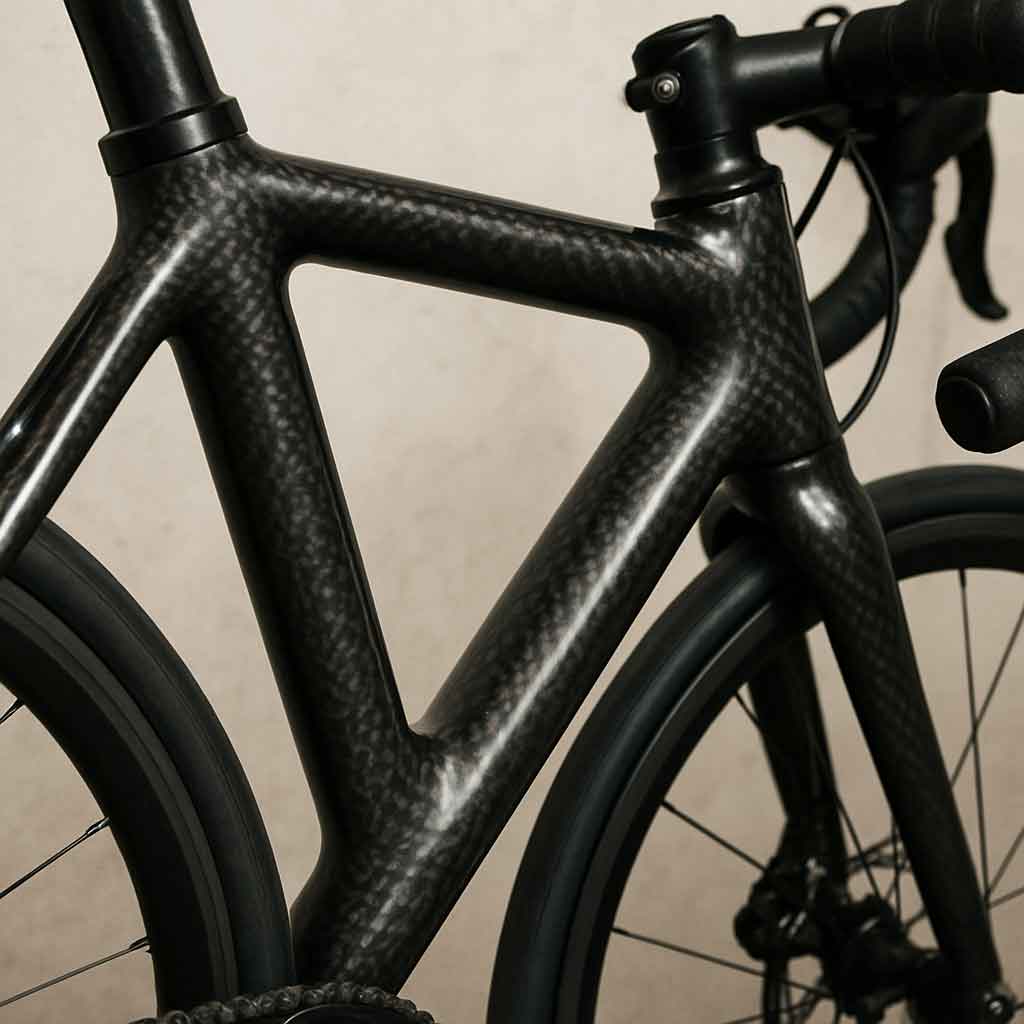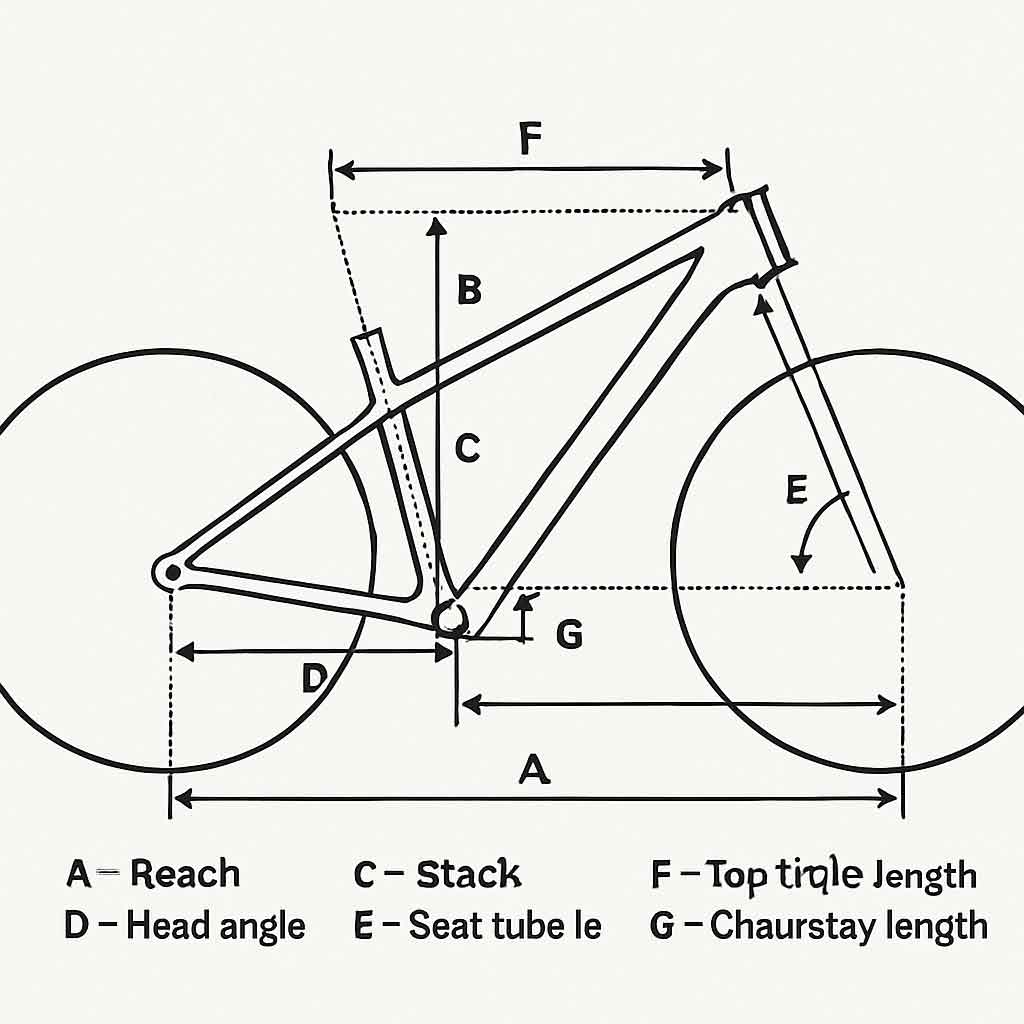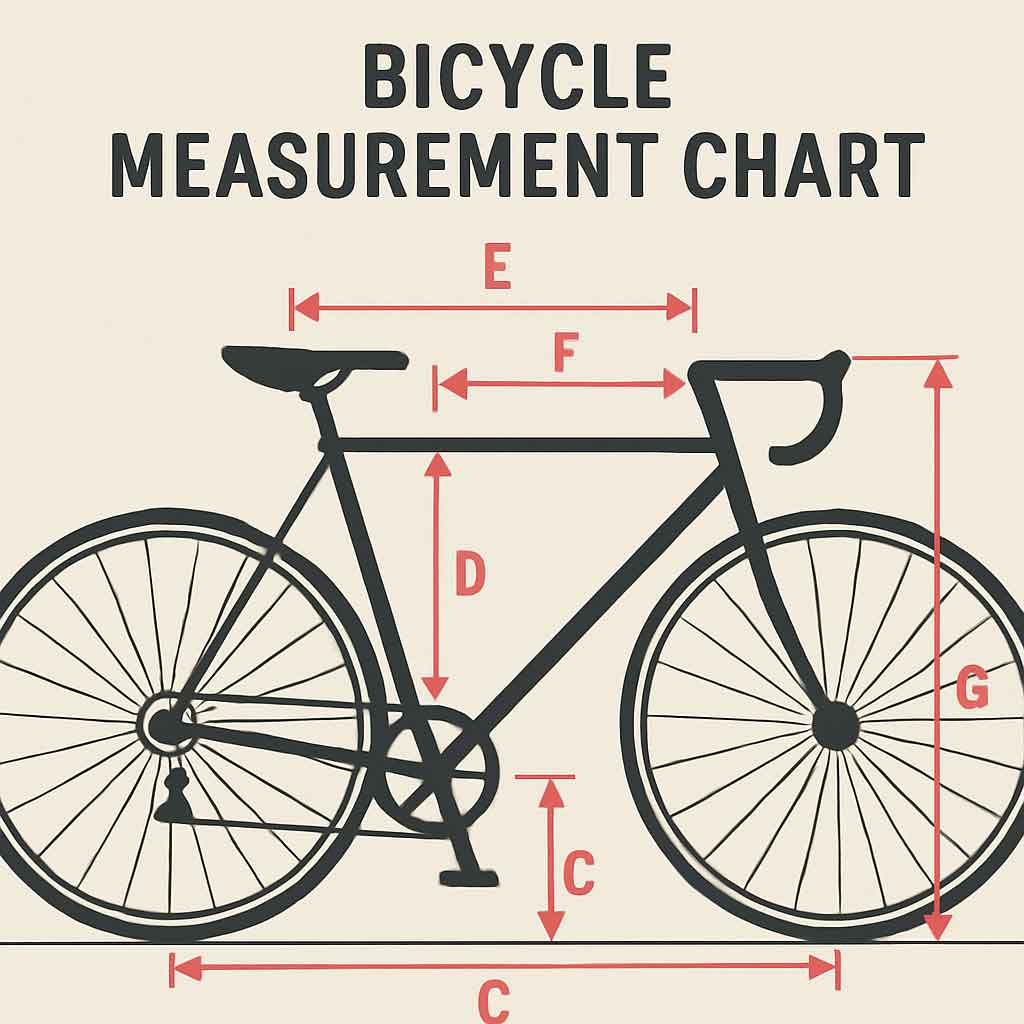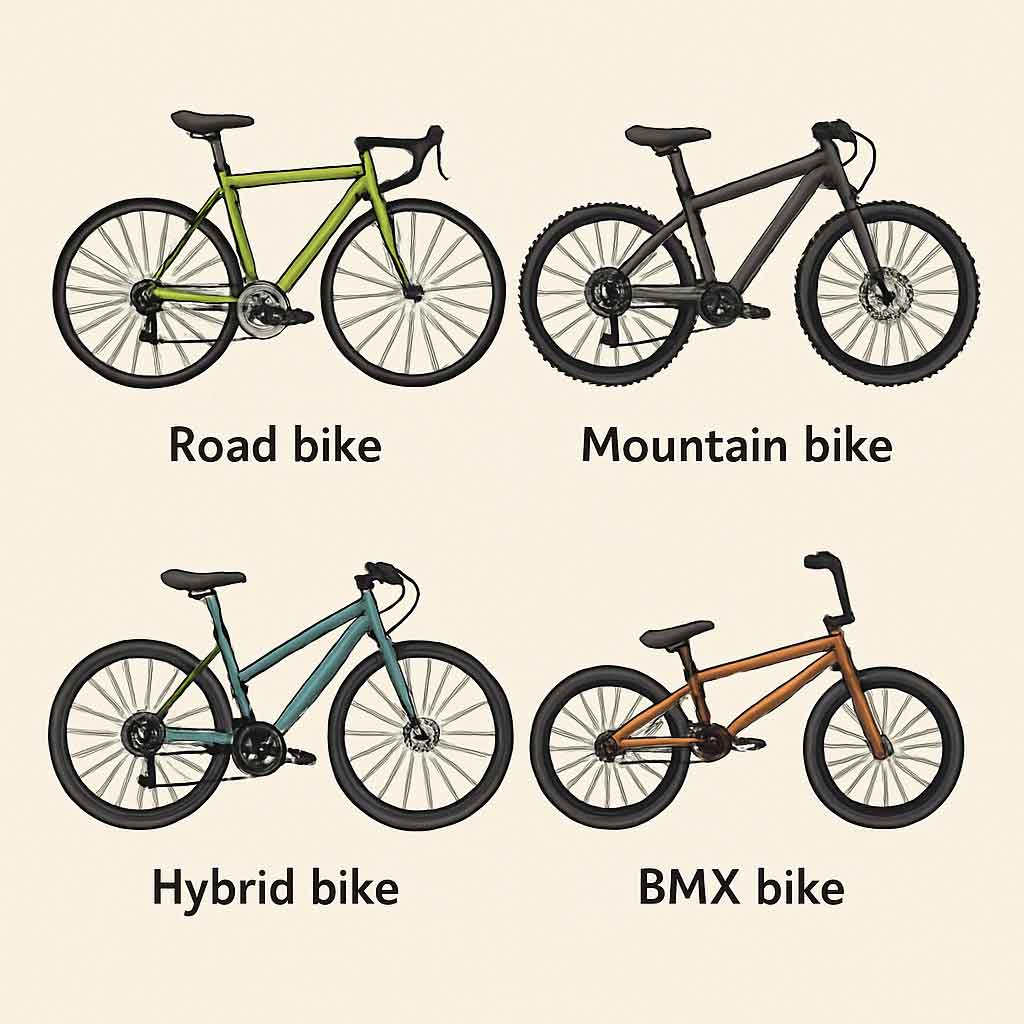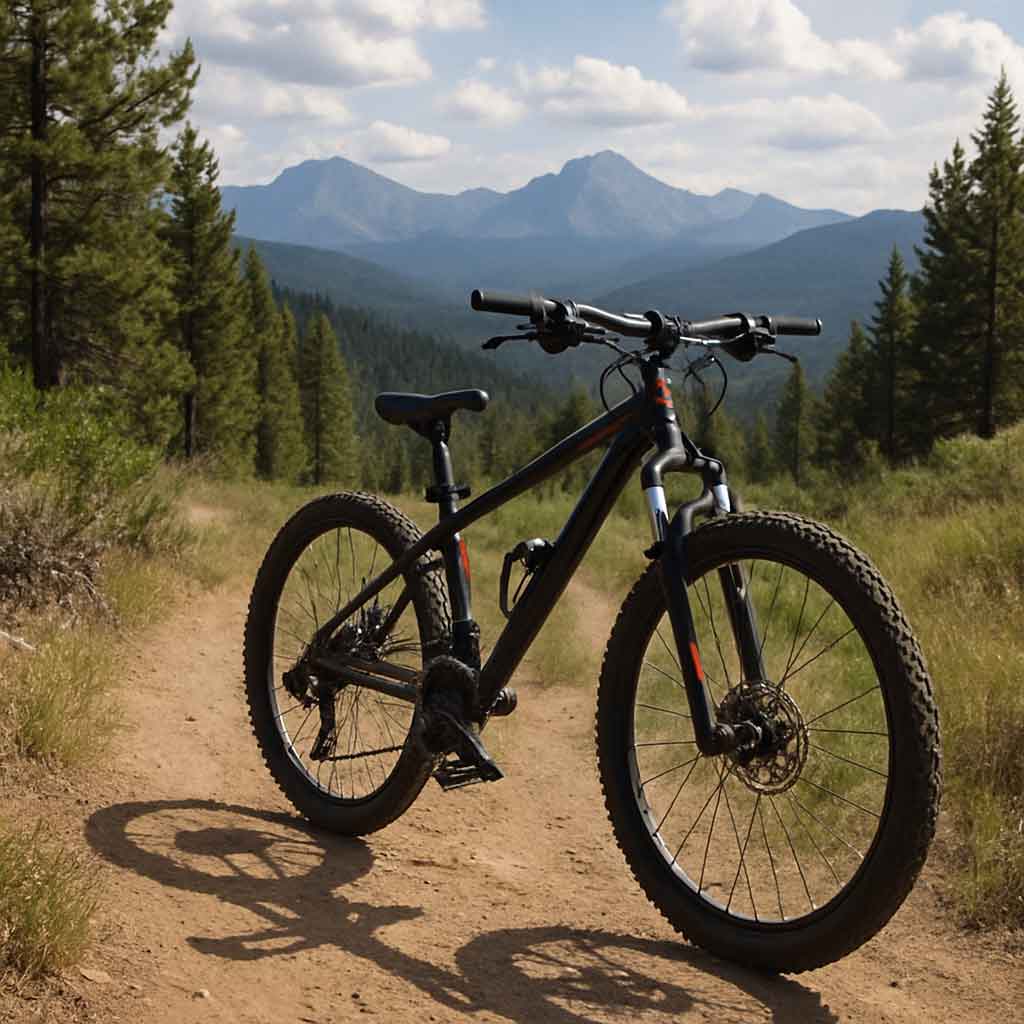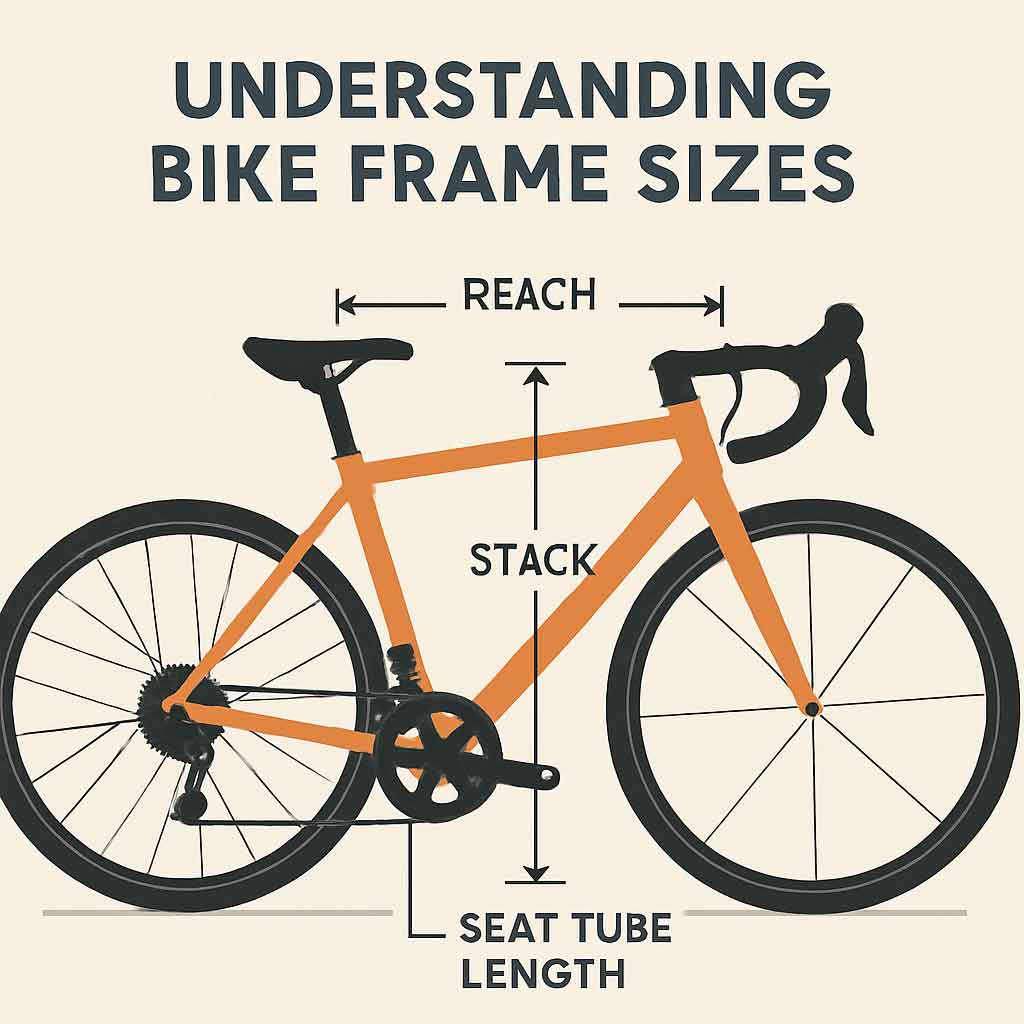Choosing the right bike frame is essential for comfort, performance, and overall enjoyment of your cycling experience. Whether you're a beginner or an experienced cyclist, selecting a frame that fits your body and riding style is crucial. This guide will walk you through the process of measuring and selecting the perfect bike frame for your needs.

Bike frames come in various sizes, each designed to suit different body types and riding preferences. The size of a bike frame is typically measured in centimeters or inches and refers to the length of the seat tube, which is the vertical tube that runs from the bottom bracket to the seat post.
Bike Frame Size Chart
When choosing a bike, it's important to refer to a bike frame size chart. This chart will help you match your height and inseam (the distance from your crotch to the ground) to the corresponding bike frame size.
General Guidelines:
- Road Bikes: These are usually sized in centimeters. For example, a 54cm frame would be suitable for someone with a height of around 5'7" to 5'9".
- Mountain Bikes: Typically sized in inches. A 17-inch frame might fit someone who is 5'7" to 5'9".
- Hybrid Bikes: These can be measured in either inches or centimeters, so it's best to consult the specific bike brand's size chart.
How to Measure a Bike Frame
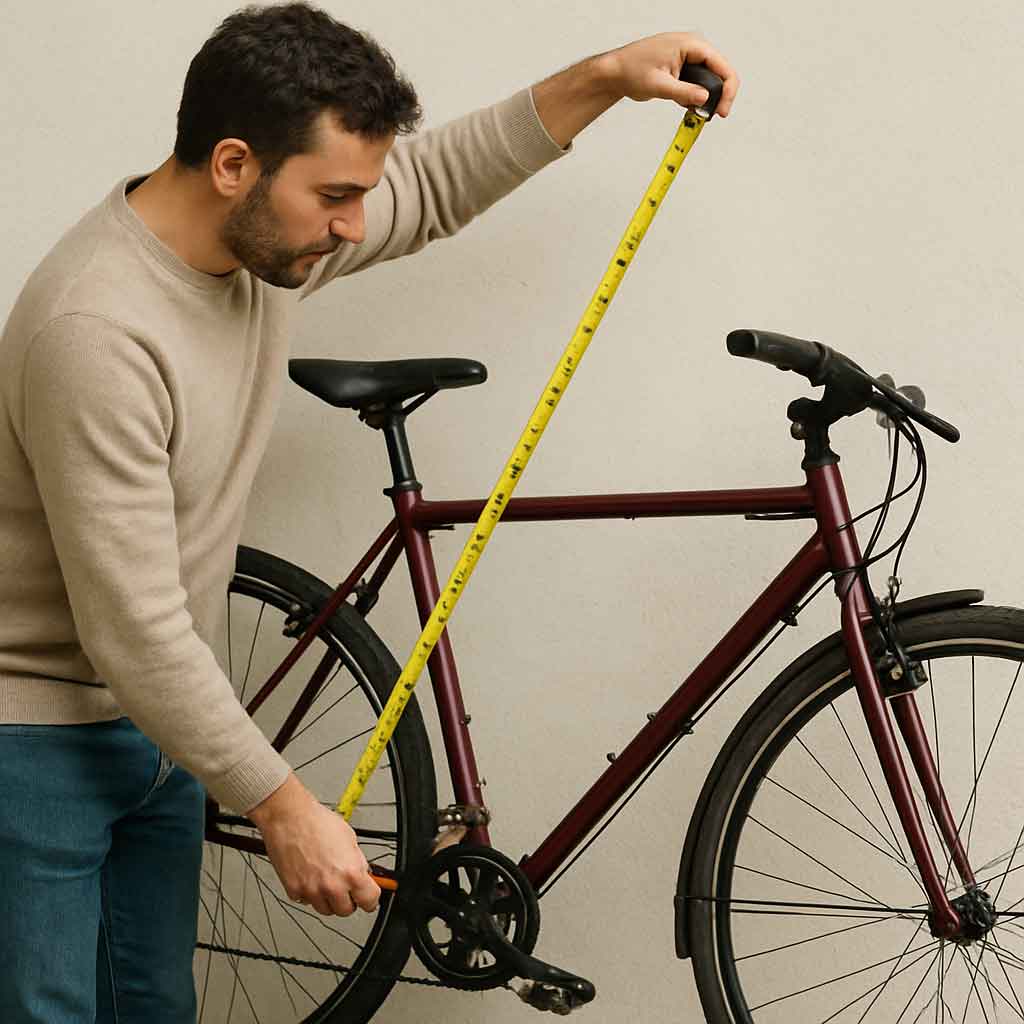
Measuring a bike frame involves a few simple steps that ensure the frame size is appropriate for your body.
Step 1: Measure Your Inseam
The inseam measurement is a critical factor in determining the right frame size. Here's how to measure it:
- Stand against a wall with your feet about 6-8 inches apart.
- Place a book between your legs, spine up, and slide it up until it firmly contacts your crotch.
- Measure the distance from the top of the book to the floor. This is your inseam measurement.
Step 2: Consult a Bike Size Chart
With your inseam measurement in hand, consult a bike size chart to find the appropriate frame size for your bike type. Each bike type—road, mountain, or hybrid—will have its own sizing chart.
Step 3: Measure the Frame Size
To measure the frame size of a mountain bike or any other bike, follow these steps:
- Locate the seat tube, which is the vertical tube running from the seat to the pedals.
- Measure from the center of the bottom bracket (where the pedals attach) to the top of the seat tube.
This measurement will give you the frame size, which you can then compare to the size chart.
Road Bike Dimensions
Road bikes are designed for speed and efficiency on paved surfaces. Their geometry is different from mountain bikes, focusing on aerodynamics and quick handling.
Road Bike Size Chart
For road bikes, the frame size is crucial for maintaining optimal riding posture and comfort. Here's a basic road bike size chart:
- Height 5'0" - 5'3": Frame size 49-51 cm
- Height 5'4" - 5'7": Frame size 52-54 cm
- Height 5'8" - 5'11": Frame size 55-57 cm
- Height 6'0" - 6'2": Frame size 58-60 cm
- Height 6'3" and up: Frame size 61+ cm
Mountain Bike Frame Size Guide

by Library of Congress (https://unsplash.com/@libraryofcongress)
Mountain bikes are built to handle rough terrain and are generally sized in inches. Here's a general mountain bike frame size guide:
- Height 4'10" - 5'2": Frame size 13-14 inches
- Height 5'3" - 5'6": Frame size 15-16 inches
- Height 5'7" - 5'10": Frame size 17-18 inches
- Height 5'11" - 6'1": Frame size 19-20 inches
- Height 6'2" and up: Frame size 21+ inches
Factors to Consider When Choosing a Bike Frame
Selecting the right bike frame involves more than just matching your height to a size chart. Here are other factors to consider:
Riding Style
Your riding style will heavily influence your frame choice. If you’re into long-distance road cycling, a lightweight road bike frame might be best. For those who prefer rugged trails, a robust mountain bike frame is ideal.
Frame Material
Bike frames are made from various materials, each with its own characteristics:
- Aluminum: Lightweight and affordable, great for beginners.
- Carbon Fiber: Offers excellent performance and shock absorption, ideal for competitive cyclists.
- Steel: Durable and comfortable, suited for touring and recreational riding.
- Titanium: Combines strength and lightweight properties, but comes with a higher price tag.
Frame Geometry
The geometry of the frame affects handling and comfort. Different geometries are optimized for various types of biking activities, like racing or casual riding. Look into the frame's head tube angle, seat tube angle, and wheelbase to understand its intended use.
What Size Bike Frame Do I Need?
Determining what size bike frame you need involves a combination of your measurements, riding style, and comfort preference. Visiting a local bike shop can be invaluable—they can provide expert advice and let you test ride different frames.
Conclusion
Choosing the right bike frame involves understanding your measurements, consulting size charts, and considering your riding style and preferences. By taking these factors into account, you'll ensure a comfortable and enjoyable cycling experience. Remember, the right bike frame is key to maximizing your performance and enjoyment on the road or trail. Happy cycling!




